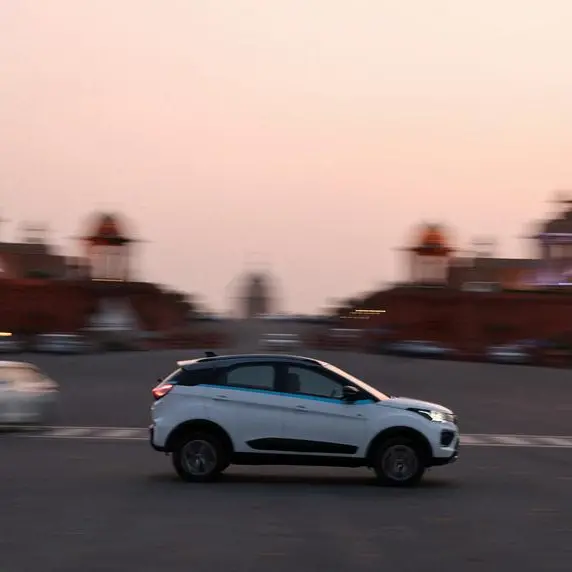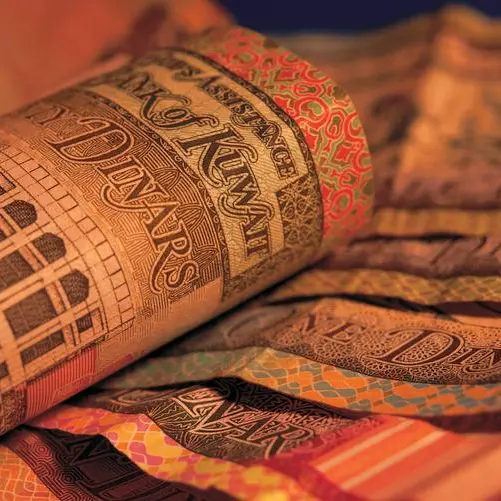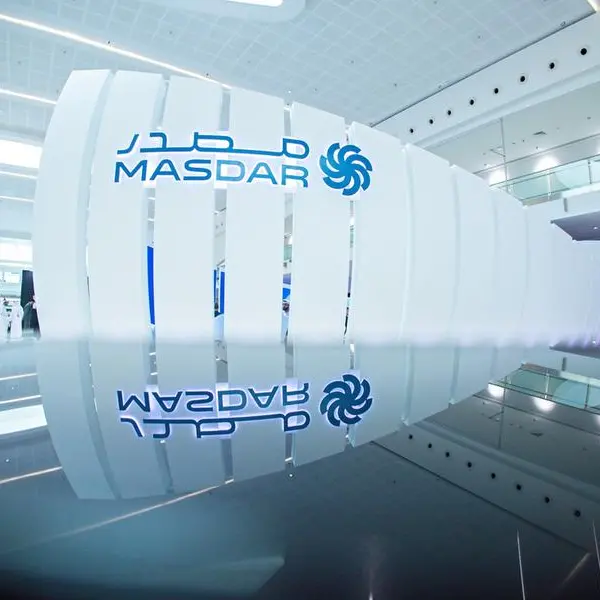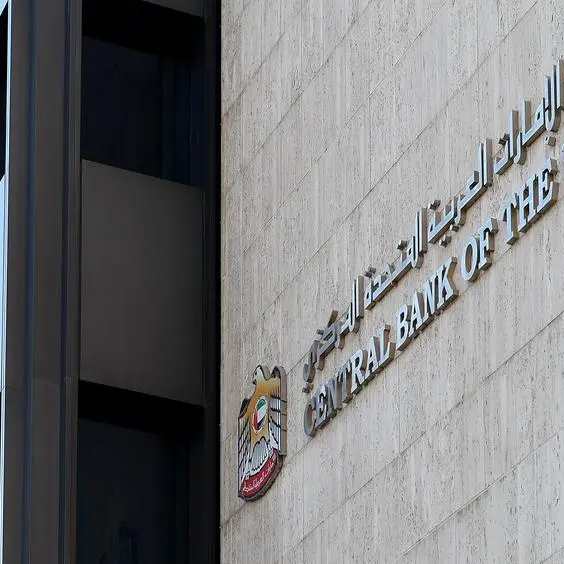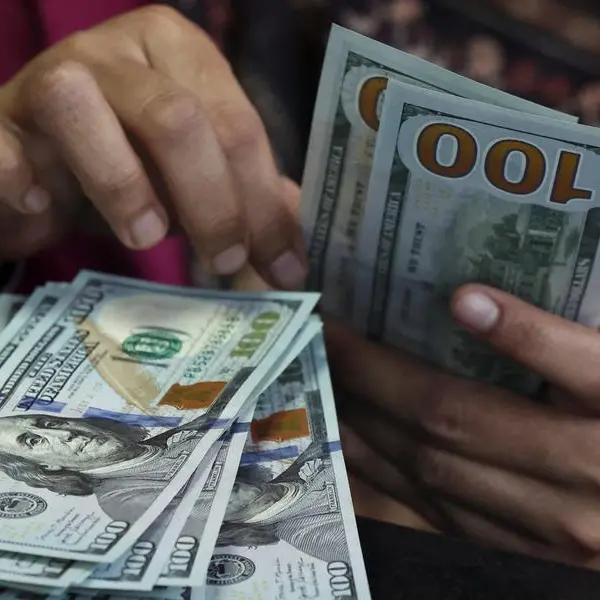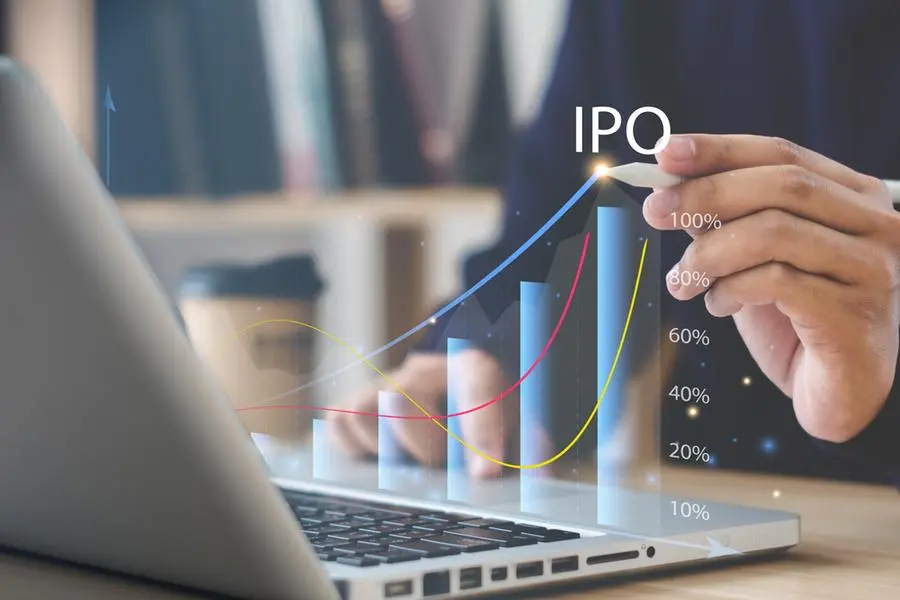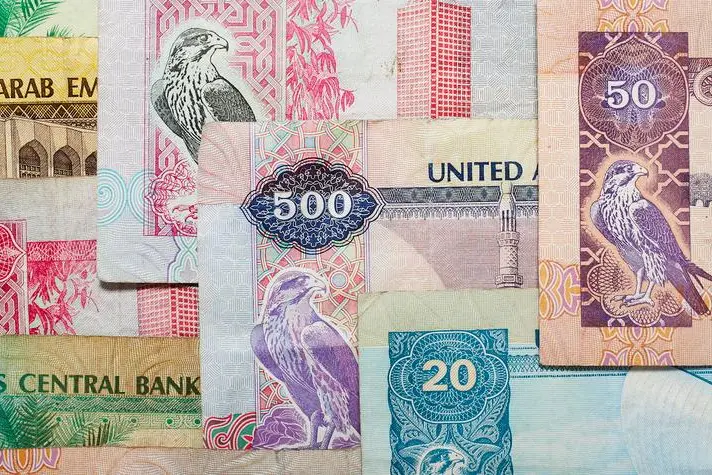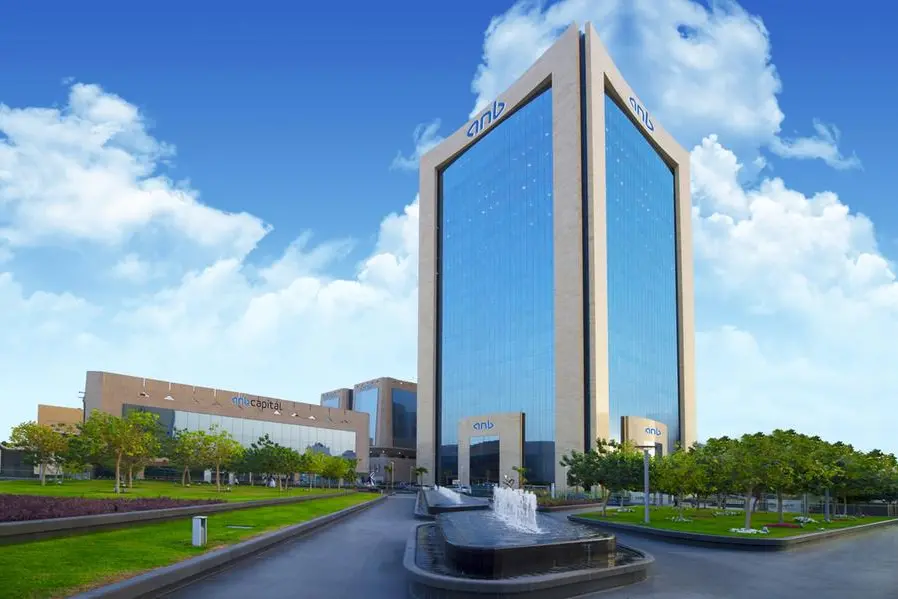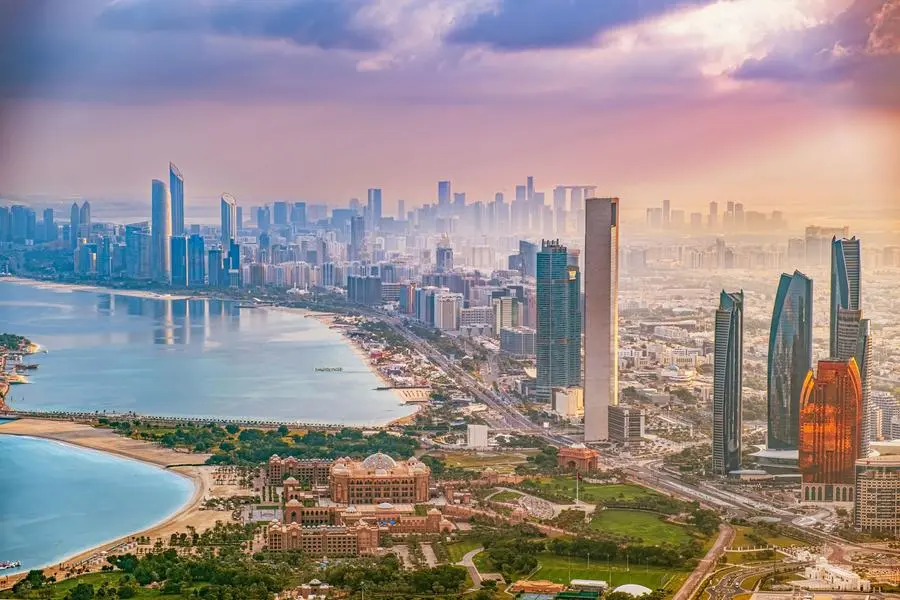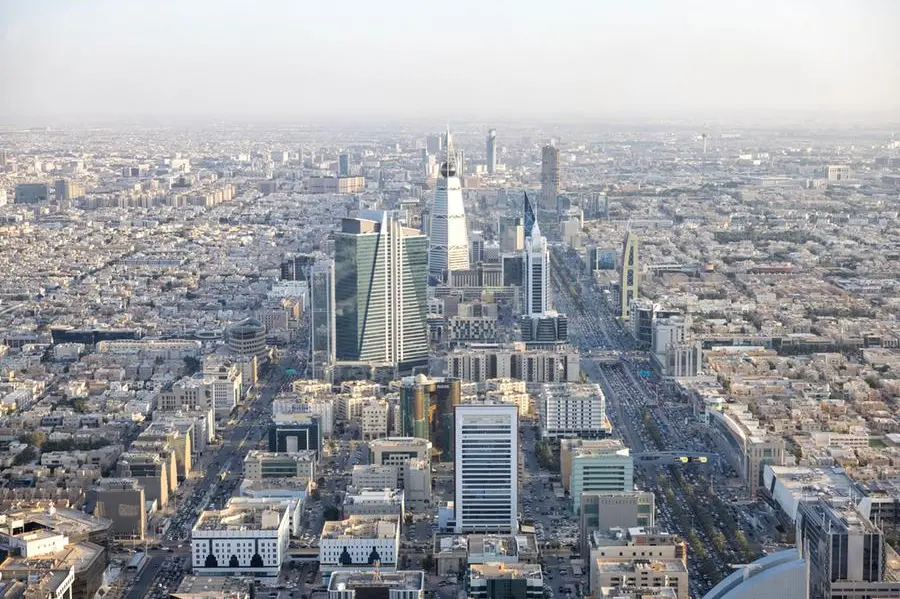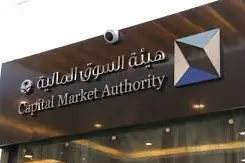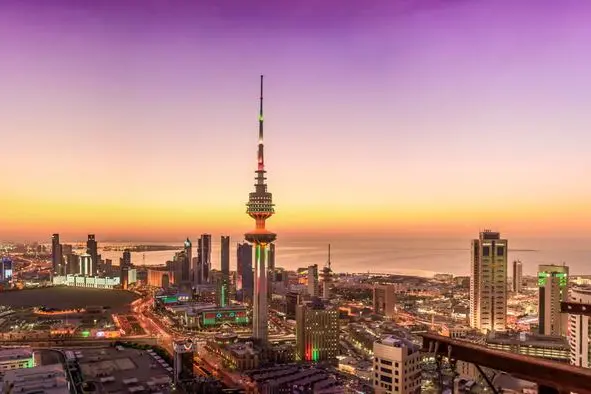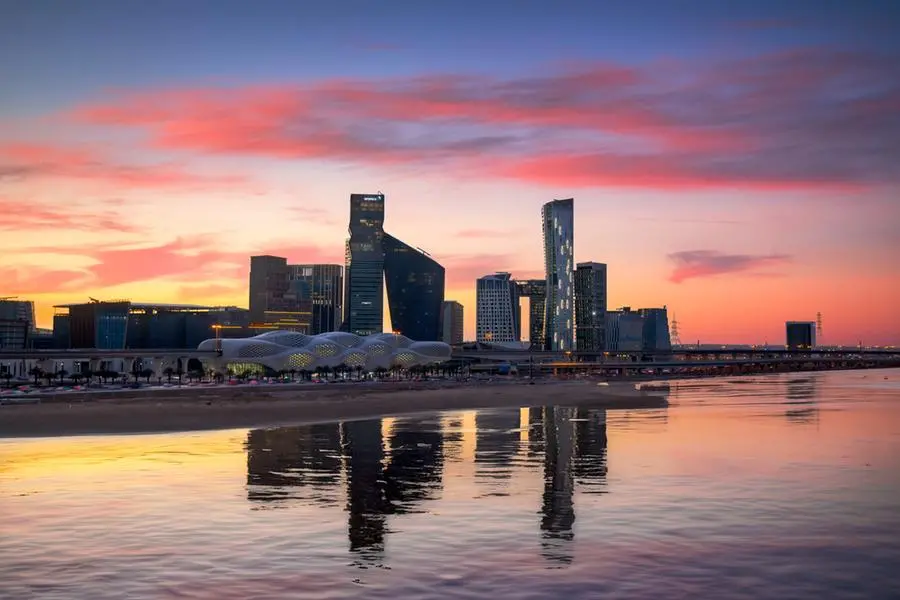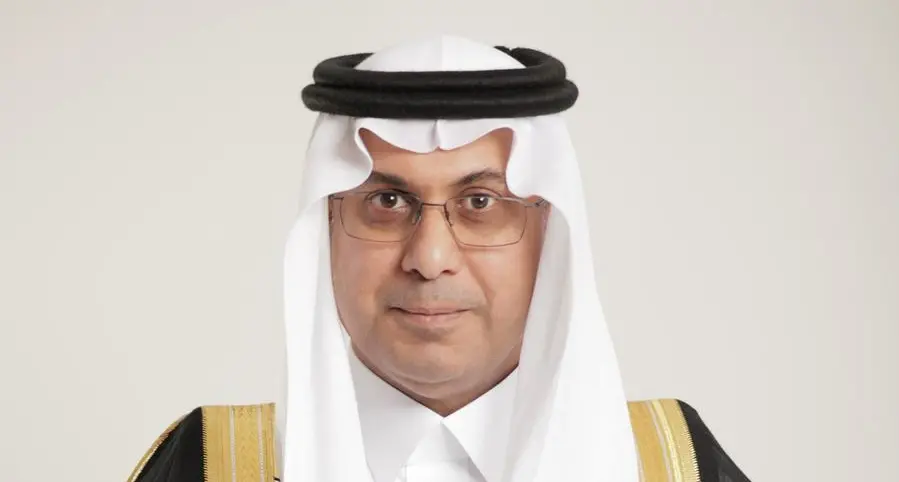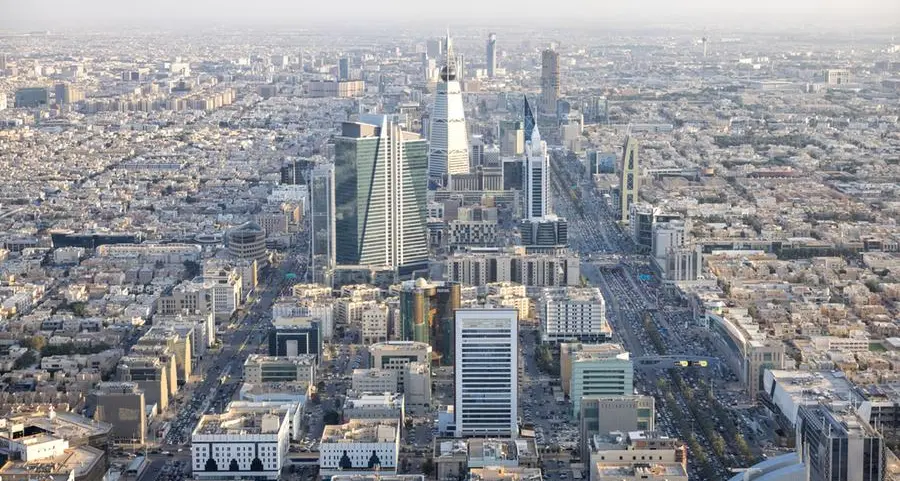Found in annual reports and mission statements around the world, "Our people are our most valuable resource" is a well-known business maxim. However, it has also become a devalued currency.
Some companies seem to use the statement without knowing what it means; others pay lip-service while at the same time treating their employees badly when it suits them.
The basic idea behind the statement is a rather good one: people must be valued; they are not machines. Yet in some businesses, they are treated worse than the machinery.
Harrington Emerson, an American engineer and management writer, commented in 1913 on the folly of companies that lavish time and money on careful maintenance of production machinery, but treat the skilled workers who operate those machines as little more than cattle.
Bias
Even today, in many businesses, if a computer breaks down the company calls in a consultant or technician to put it right; if an employee breaks down, they are sent home and told to sort themselves out.
Behavioural psychologists such as the late David McClelland have demonstrated that the way in which employees are treated by employers has a direct effect on their performance and productivity.
McClelland, research professor of psychology at Boston University, argued that employees were motivated by various sets of needs, including for achievement, for power and for affiliation the sense of belonging to a group or society.
When the workplace meets those needs, the result is superior employee performance.
People contribute more than just their labour. Ikujiro Nonaka, professor of management at Hitotsubashi University, has written about the role of employees in coming up with new ideas.
He cites one of Honda's most successful car designs, the Honda City, which was developed in 1978 by a production team of junior engineers and executives.
With an average age of 27, the team members were far removed from the echelons of Honda's top management, but received support to produce a successful design.
Different motto
Significantly, the motto of the Honda design department at the time was not "Our people are our most valuable resource", but "Let's gamble!", suggesting a risk-taking approach where people were encouraged to dare and to be creative.
The problem with "Our people are our most valuable resource" is the use of the word "resource".
Resources are things we draw upon and exploit. They are raw materials we use as efficiently as possible, extracting value and preventing wastage.
But people are not raw materials. They cannot be described as an organisation's most valuable resource, because they are the organisation.
Honda did not treat its design team as a resource from which new models of cars were to be extracted. Rather, Honda put its team at the centre of the organisation and gave them the resources they needed to get the job done.
This maxim needs to go into retirement. Its credibility has been undermined by generations of inept human resource managers; and the view of employees as a resource has always been problematic.
It is time to start thinking of the people as the business.
It is employees who determine whether a company stands or falls, and they need to be motivated and rewarded accordingly.
This is one area where actions will speak louder than words.
Financial Times
Gulf News
